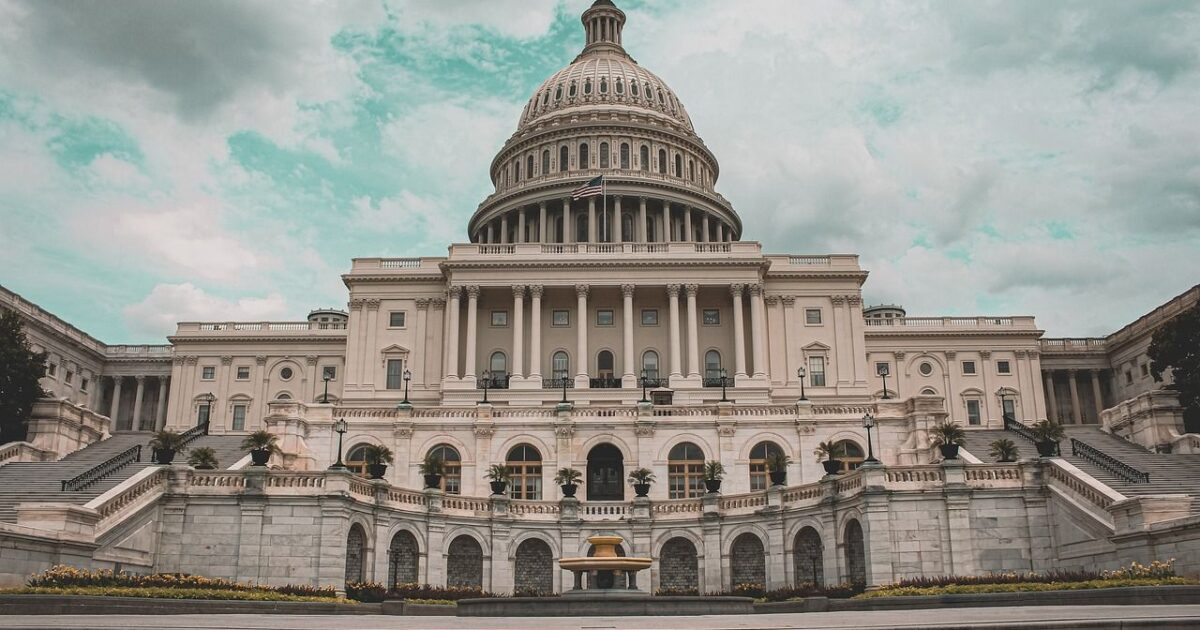The United States is on the brink of a new technological frontier – one powered by blockchain and digital assets. These assets are not just the next phase of the internet, but lay the foundation for a more secure, decentralized, and inclusive financial future. From reimagining global payments to protecting data privacy, the potential of blockchain-based systems is endless.
Despite the promise of this technology, the United States remains without a clear, comprehensive federal regulatory framework for digital assets. This absence has created uncertainty for innovators, consumers and investors alike.
Entrepreneurs operating in the digital asset operating in the digital asset space face ambiguous rules and unclear jurisdictional boundaries between the Securities and Exchange Commission (SEC) and the Commodity Futures Trading Commission (CFTC). Investors lack the transparency and protection they deserve. Under the Biden Administration, the SEC chose to regulate through enforcement, rather than through clear guidance or collaboration. The agency’s approach has led to lawsuits, confusion, and the offshoring of promising American companies seeking regulatory certainty abroad.
For years, Congress has worked under both Republican and Democratic leadership to close this gap and create a tailored, modern regulatory framework. That work reached a milestone in May 2024 when the U.S. House of Representatives passed the Financial Innovation and Technology for the 21st Century (FIT21) Act with bipartisan support as 71 Democrats voted in favor of the bill. FIT21 laid the groundwork for how digital assets should be treated under U.S. law, clarified the roles of the CFTC and SEC, and provided pathways for registration, disclosure, and compliance.
This Congress, we are building on that momentum and continue to push for smart, tailored policy that fosters innovation while protecting consumers.
In April, the House Financial Services Committee passed the bipartisan STABLE Act, which would establish a clear and comprehensive set of rules for the issuance and regulation of payment stablecoins that have the potential to modernize the way we transact by making payments faster, cheaper, and more inclusive.
Yesterday, we took another major step forward. The Financial Services Committee and the House Agriculture Committee passed the CLARITY Act, a landmark bipartisan bill that was carefully crafted between our committees. The CLARITY Act establishes a functional framework for the classification of digital assets, provides builders and firms with clear regulatory obligations, and ensures robust consumer protections against fraud and bad actors.
The STABLE and CLARITY Acts form the most comprehensive digital asset regulatory framework Congress has ever advanced. Collectively, these bills will ensure that the United States sets the global standard for the future of digital assets.
We are committed to working with our colleagues in both chambers to enact comprehensive digital asset legislation into law. The rest of the world is not waiting to lead in blockchain innovation. If we fail to act, we risk ceding leadership in one of the most transformative technologies in modern history.
Congress has the opportunity and responsibility to establish a regulatory framework that unlocks the next era of American innovation. It is time for the United States to lead in the new digital frontier.




